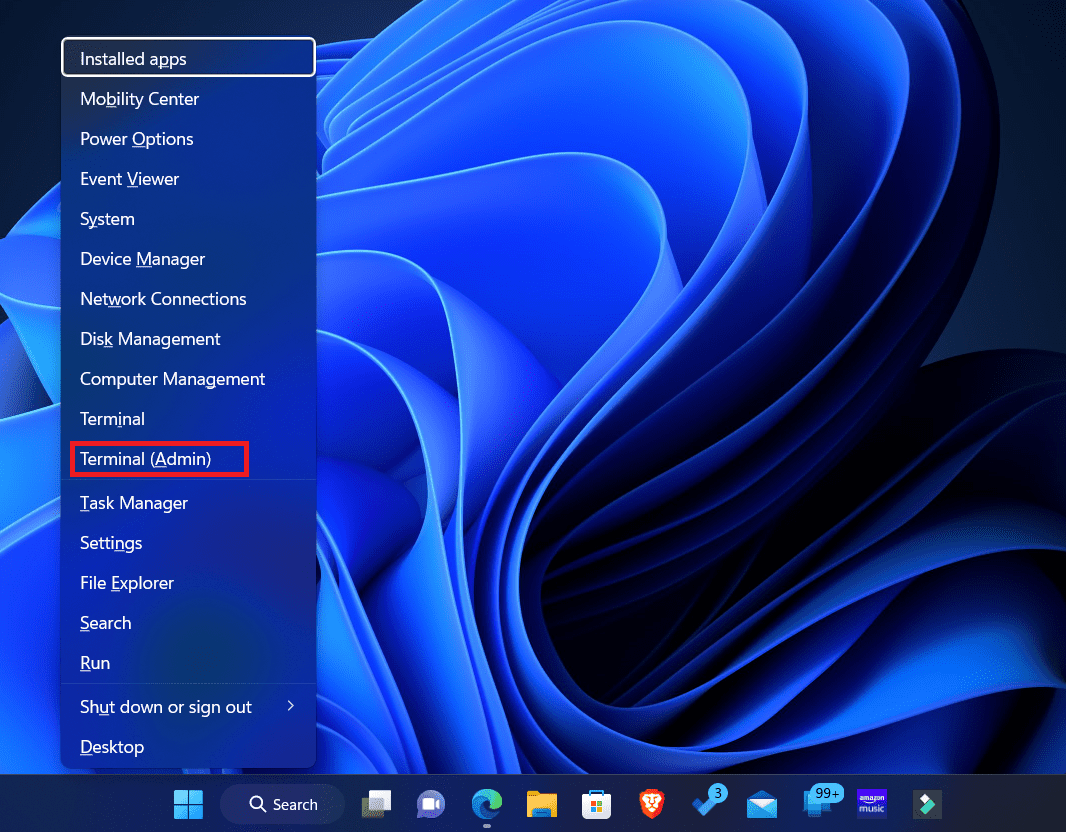- Numlock can be enabled or disabled on a keyboard, but typically only after signing in to a PC.
- To customize Numlock at Windows Startup, you can tweak Registry settings, use PowerShell commands, or create a startup script.
- Changing the BIOS settings on a computer allows for Numlock adjustments, with several methods explained in the article.
Numlock enables and disables the Numpad on your keyboard. You can turn Numlock on and off through the Numlock key on your keyboard (in some cases, Numlock + Fn key). However, this option works only when you have signed into your PC. But what if you want to enable or disable Numlock at the startup? You can customize Numlock, but unlike every other setting, you won’t find the option to do so in the Control Panel. In this article, we will be how you can turn on/off the num lock at Windows Startup.
How to Turn ON/OFF Numlock at Windows 10/11 Startup
There are multiple ways to enable or disable num lock. You can do so by tweaking Registry settings, running PowerShell commands, running scripts, or making changes to the BIOS. Given below are the steps to turn on/off the num lock at Windows startup:
1. By Tweaking the Registry
The very first thing that you can do is tweak the registry settings. We recommend creating a restore point before you continue with this step so that you can restore your PC if something goes wrong.
- Press the Windows key to open the Start Menu on your PC.
- In the Start Menu, search for Registry Editor. From the search results, click on the first option that appears to open Registry Editor.
- Head to the following address in the Registry Editor. You can do so by copying the address given below and pasting it into the address bar-
- Computer\HKEY_USERS\.DEFAULT\Control Panel\Keyboard
- On the right side, double-click on the InitialKeyboardIndicators key to edit it.
- You can change the Value Data to the following-
- 0 –To turn off the Num Lock
- 2 –To turn on Num Lock
- Once done, click OK and restart your PC to save the changes.
2. By PowerShell Command
You can also run the PowerShell command to enable or disable the NumLock at startup. The steps given below will guide you through it-
- Press Windows + X key combo, and then click on Windows Terminal (Admin) from the menu that opens up.
- By default, the Terminal should open up with Windows PowerShell with administrative privileges, but if it does not, then press Ctrl + Shift + 1 to open Windows PowerShell as Administrator.
- If you want to enable Num Lock at Windows Startup, then execute the following command in the PowerShell-
- Set-ItemProperty -Path ‘Registry::HKU\.DEFAULT\Control Panel\Keyboard’ -Name “InitialKeyboardIndicators” -Value “2”
- To disable the Num Lock at Windows Startup, enter the following command in the Windows PowerShell and press Enter-
- Set-ItemProperty -Path ‘Registry::HKU\.DEFAULT\Control Panel\Keyboard’ -Name “InitialKeyboardIndicators” -Value “0”
- After executing either of the two commands, close the Terminal and restart your PC.
3. By Startup Script
You can also use a Startup script to change the Num Lock Setting. However, this method will only work in toggling the Num Lock function, which means Num Lock will be disabled if it was enabled already and vice versa. To continue with this method, follow the steps given below-
- Press the Windows key on your keyboard, search for Notepad and open it.
- In the Notepad, copy and paste the following script-
set WshShell = CreateObject("WScript.Shell") WshShell.SendKeys "{NUMLOCK}"
- Now, press Ctrl + S key combo to save the file.
- Keep the name of the file numlock.vbs and click on Save.
- Once done, press the Windows + E key combo to open File Explorer.
- Head to the location where you have saved the file and copy it.
- Now press Windows + R key combo to open the Run Dialog box. Copy and paste the following command in the Run Dialog box and press Enter-
- shell:startup
- This will take you to the Startup folder for the current user on your PC.
- Paste the file you copied into the Startup folder.
4. By Changing BIOS Settings
Many computers allow changing the setting of Num Lock through the BIOS setting. You will have to check your motherboard or your laptop’s guide to access the motherboard and make changes to BIOS settings for enabling or disabling num lock.
Conclusion
The methods mentioned above will help you turn on/off the num lock at Windows Startup. We hope you find this article helpful. If you are facing a problem with any of the steps mentioned above in this article, do let us know in the comments below.
FAQs
1. How Do I Enable The Num Lock Key At Startup?
To enable the Num Lock at startup, open Windows PowerShell as administrator and execute the following command-
Set-ItemProperty -Path ‘Registry::HKU\.DEFAULT\Control Panel\Keyboard’ -Name “InitialKeyboardIndicators” -Value “2”
2. How To Turn Off Num Lock At Startup?
Run Windows PowerShell as administrator and execute the command given below to turn off Num Lock at Startup-
Set-ItemProperty -Path ‘Registry::HKU\.DEFAULT\Control Panel\Keyboard’ -Name “InitialKeyboardIndicators” -Value “0”
3. Does Num Lock Key Permanently Enable Or Disable Num Lock?
No, the Num Lock key does not permanently enable or disable num lock. If, by default, the num lock is set to enabled, then after you restart your PC, it will automatically turn on even if you turned it off by pressing the Num Lock key before the restart.
RELATED GUIDES:
- Fix Scorn Keeps Crashing and Won’t Launch on Startup
- Fix Elden Ring Crashing on Startup on Windows PC
- How To Fix White Screen of Death on Windows 11 Startup
- Turn On/Off Windows 11 File Explorer Compact View
- How To Enable gpedit.msc On Windows 11
- How To Enable Snapchat Dark Mode on Android/iOS
- Fix “Oh no! We can’t enable Twitch Prime on your account” Error











What about for when the computer sleeps?